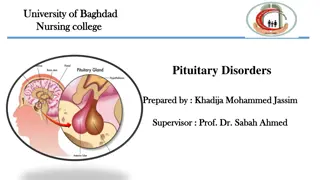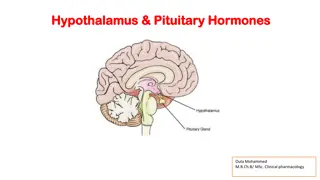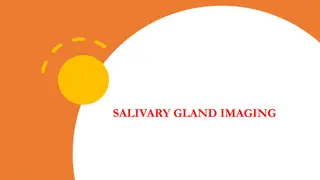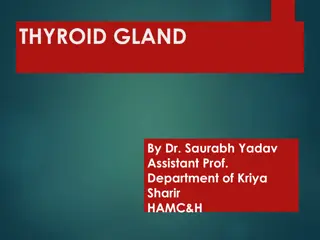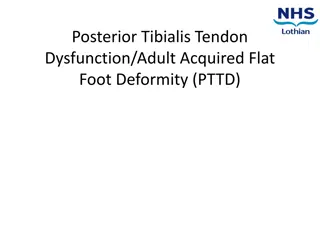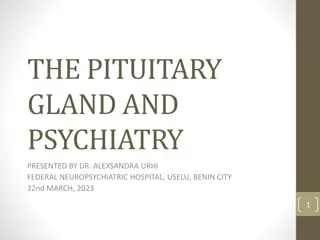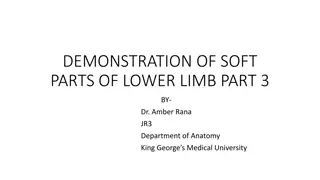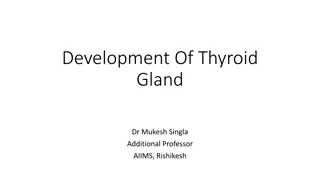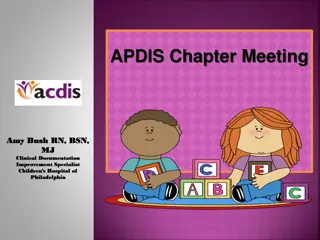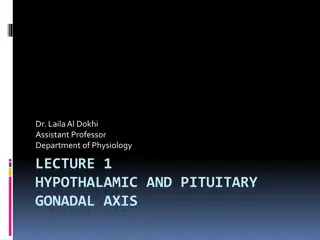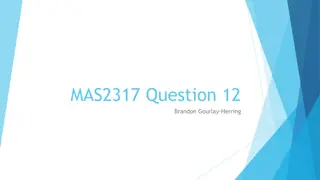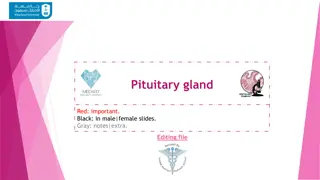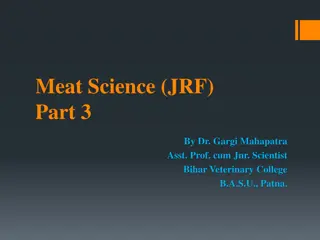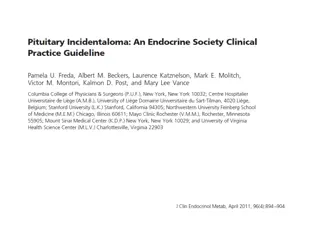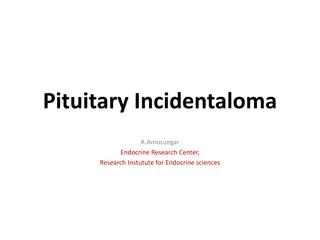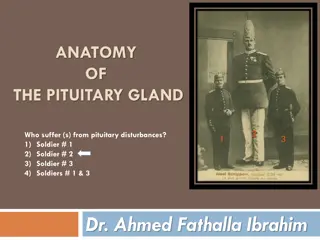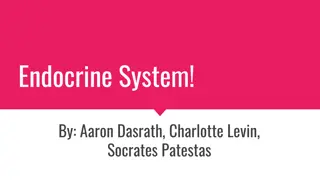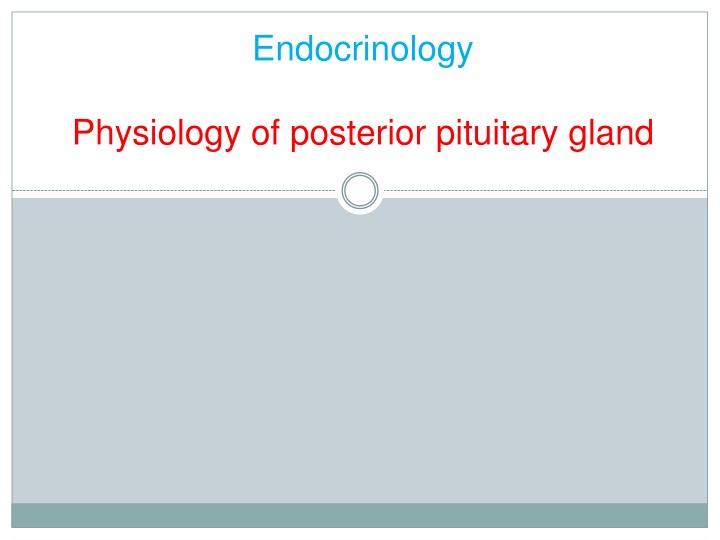
Physiology of Posterior Pituitary Gland and Hypothalamic Control
Explore the endocrinology and structure of the posterior pituitary gland, including the synthesis of hormones like ADH and oxytocin. Learn about the hypothalamic-pituitary relationships and the mechanisms of hormone secretion and action in the body.
Download Presentation

Please find below an Image/Link to download the presentation.
The content on the website is provided AS IS for your information and personal use only. It may not be sold, licensed, or shared on other websites without obtaining consent from the author. If you encounter any issues during the download, it is possible that the publisher has removed the file from their server.
You are allowed to download the files provided on this website for personal or commercial use, subject to the condition that they are used lawfully. All files are the property of their respective owners.
The content on the website is provided AS IS for your information and personal use only. It may not be sold, licensed, or shared on other websites without obtaining consent from the author.
E N D
Presentation Transcript
Endocrinology Physiology of posterior pituitary gland
Structure of pituitary gland Pituitary gland consists of two lobes Anterior (Adenohypophysis) Posterior (Neurohypophysis)
Physiology of posterior Pituitary gland Posterior pituitary hormones ADH also known as Vasopressin Oxytocin These hormones are synthesized in the neuron cell bodies in the hypothalamus and packed in secretory vesicles with neurophysin (carrier protein)
Posterior pituitary gland Posterior Pituitary Gland Does not synthesize hormones Consists of axon terminals of hypothalamic neurons
Hypothalamic-Pituitary Relationships: Posterior Lobe The posterior lobe is a downgrowth of hypothalamic neural tissue Has a neural connection with the hypothalamus (hypothalamic-hypophyseal tract) Nuclei of the hypothalamus synthesize oxytocin and antidiuretic hormone (ADH) These hormones are transported to the posterior pituitary
Hypothalamic control of pituitary secretions Secretions of the posterior pituitary are controlled by Nervous signals from hypothalamus
Antidiuretic Hormone (ADH) (VASOPRESSIN)
Synthesis of ADH It is synthesized as pre-prohormone and processed into a nonapeptide ADH synthesized in the cell bodies of hypothalamic neurons(supraoptic nucleus) ADH is stored in the posterior pituitary
Receptors of ADH (vasopressin) ADH Receptors: V1 receptorsmediatevasoconstriction V2receptors are located in the principle cells in distal convoluted tubule and collecting ducts in the kidneys
Mechanism of action of ADH: Antidiuresis ADH binds to V2 receptors on the principle cells of the distal convoluted tubules and collecting ducts. Via adenylate cyclase/cAMP induces production of specific proteins into the luminal membrane and enhances permeability of cell to water. Increased membrane permeability to water permits back diffusion of free water, resulting in increased urine osmolality (concentrates urine).
Control of ADH Release Osmotic pressure: Osmoreceptors in the hypothalamus osmotic pressure ADH secretion osmotic pressure ADH secretion Blood volume : Baroreceptor in carotid artery and aortic arch, and Stretch receptors in left atrium blood pressure ADH secretion blood pressure ADH secretion
Function of ADH (vasopressin)
Increased Blood Pressure ADH V1 receptor
Synthesis of Oxytocin Oxytocin is synthesized in the cell bodies of hypothalamic neurons(paraventricular nucleus) Oxytocin is stored in the posterior pituitary
Functions of oxytocin Suckling during breast-feeding o Contracts the myoepithelial cells of the alveoli Childbirth (Parturition) o In late pregnancy, uterine smooth muscle (myometrium) becomes sensitive to oxytocin (positive feedback)

